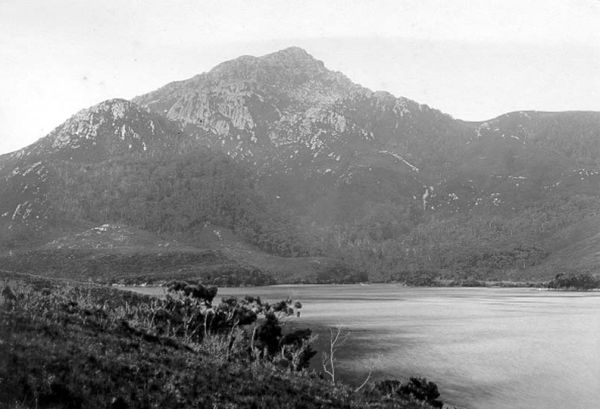 |
 |
|
Wilderness Society
The Wilderness Society (Australia) began in Tasmania after the flooding of Lake Pedder in 1972. The Wilderness Society, with over 45,000 members in 2004, has protected millions of hectares of wilderness across Australia and is respected internationally for its innovative campaign strategies. The Tasmanian Wilderness Society was founded in 1976 at a meeting of the South-West Action Committee, whose concern had been to protect Tasmania's wild lands from increasing encroachment by hydro dams, mineral exploration and logging activities. The aims remain today: to promote the concept of wilderness, to prevent the destruction of and secure the future of wilderness. The Tasmanian Wilderness Society heralded a new era in grass-roots activism in its international campaign to save the Franklin River in south-west Tasmania from being dammed (see Gordon-below-Franklin Dam). The Franklin Blockade, a highly organised peaceful direct action, gained international attention as 1000 people were arrested, and the environment became a mainstream federal election issue. The activists were rewarded when a High Court ruling saved 'the last wild river' in 1983. The Wilderness Society (TWS), now national, emerged from 'the Franklin ' with over 100,000 supporters Australia-wide. In Tasmania, the campaign for a Western Tasmania National Park developed into a push for a World Heritage nomination for the remaining wilderness area, which was achieved in 1989. The Society's Journal developed and Wilderness Shops opened around the state, where forests became the campaign focus by 1985. The logging of Tasmania's old-growth forests by three big woodchip companies provoked peaceful direct actions – typically road blockades and tree-sits – and massive public rallies throughout the 1980s and on into the new century. TWS lobbied federal governments, contesting the renewal of export woodchip licences and increasing quotas. Woodchip exports were over five million tonnes a year by 2003 and public opinion, internationally, began to support the Wilderness Society. Gunns Ltd shareholders were targeted by the TWS Corporate campaign and Greenpeace co-sponsored the Global Rescue Station in the Styx Valley, which became a focus for the campaign. The strength of activists' actions lie in clear concepts, solid preparation and well-designed publications and campaign material. Underlying the commitment is contact with the forests themselves. Almost all those who work for wilderness derive their strength from times spent in wild country. It is no coincidence that Tasmania has remained a focus of environmental activity and that this state boasts a large Wilderness World Heritage Area. Further reading: H Gee & J Fenton, The south west book, Melbourne, 1978; H Gee, For the forests, Hobart, 2001; Tasmanian Wilderness Society, Wilderness News, Hobart, 1976–2003; www.wilderness.org.au. Helen Gee |
Copyright 2006, Centre for Tasmanian Historical Studies |
